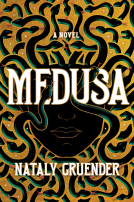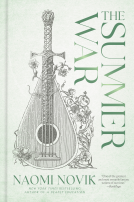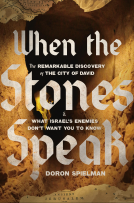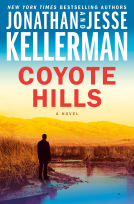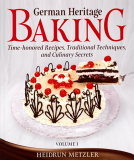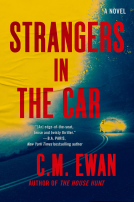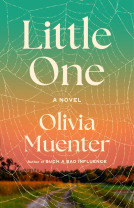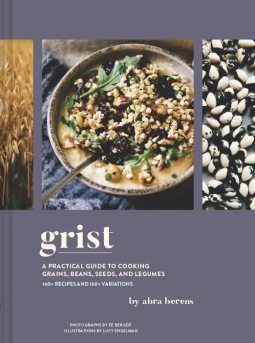
Grist
A Practical Guide to Cooking Grains, Beans, Seeds, and Legumes
by Abra Berens
This title was previously available on NetGalley and is now archived.
Send NetGalley books directly to your Kindle or Kindle app
1
To read on a Kindle or Kindle app, please add kindle@netgalley.com as an approved email address to receive files in your Amazon account. Click here for step-by-step instructions.
2
Also find your Kindle email address within your Amazon account, and enter it here.
Pub Date Oct 26 2021 | Archive Date Oct 04 2021
Talking about this book? Use #Grist #NetGalley. More hashtag tips!
Description
Sorry friends: this title is not available for Kindle download. Also, light copyright watermarks throughout.
Grist is the only grain and legume cookbook you'll ever need to make grains the easiest, healthiest, and most exciting stars on your table.
Abra Berens is back. Following the success of her first cookbook, Ruffage (named a Best Cookbook for Spring 2019 by the New York Times and Bon Appétit, was a 2019 Michigan Notable Book winner, and was nominated for a 2019 James Beard Award!), Berens tackles delicious starchy carbs in the same way she presented vegetables: alphabetically and with plenty of variations.
The content is deep and authoritative but also wide-ranging, with information and recipes for 29 different grains, legumes, and seeds: Amaranth, Barley, Black-Eyed Peas, Buckwheat, Bulgur, Chickpeas, Common Beans, Corn, Cowpeas, Crowder Peas, Farro, Fava Beans, Field Peas, Fonio, Freekeh, Legumes, Lentils, Lima Beans, Millet, Oats, Quinoa, Rice, Sorghum, Split Peas, Soy Beans, Teff, Tiny Seed Grains, and Wheat Berries.
The recipes are simple, quick to prepare, and use ingredients that are easy to find or often already in people's pantries (and many of them are even gluten-free!)
A Note From the Publisher
Nominate this title for the Indie Next List! Deadline to submit is August 2.
Advance Praise
Praise for Ruffage by Abra Berens:
"Things in my kitchen have changed since Ruffage arrived. This organized, easygoing guide to 29 vegetables offers a few cooking methods for each one, supplemented by several variations." —Kim Severson, New York Times
"[RUFFAGE] is a total classic in the making."—Christina Chaey, associate editor, Bon Appétit
"Crammed with exciting ideas that encourage creativity, this lively book will quickly become an essential item in the home cook's library."—Library Journal (starred review)
Marketing Plan
Brand partnership with regional and national culinary brands
Influencer Campaign targeting culinary and farming bloggers
Dedicated social media campaign with virtual appearances
Goodreads and Netgalley promotion
National Media Outreach following the success of Ruffage: New York Times, Food & Wine, NPR, Food52 and make all the necessary Best Of lists
Available Editions
| EDITION | Other Format |
| ISBN | 9781797207131 |
| PRICE | $35.00 (USD) |
Average rating from 47 members
Readers who liked this book also liked:
Sean Sherman; Kate Nelson; Kristin Donnelly
Cooking, Food & Wine, History, Multicultural Interest
J. A. Jance
General Fiction (Adult), Mystery & Thrillers, Women's Fiction

